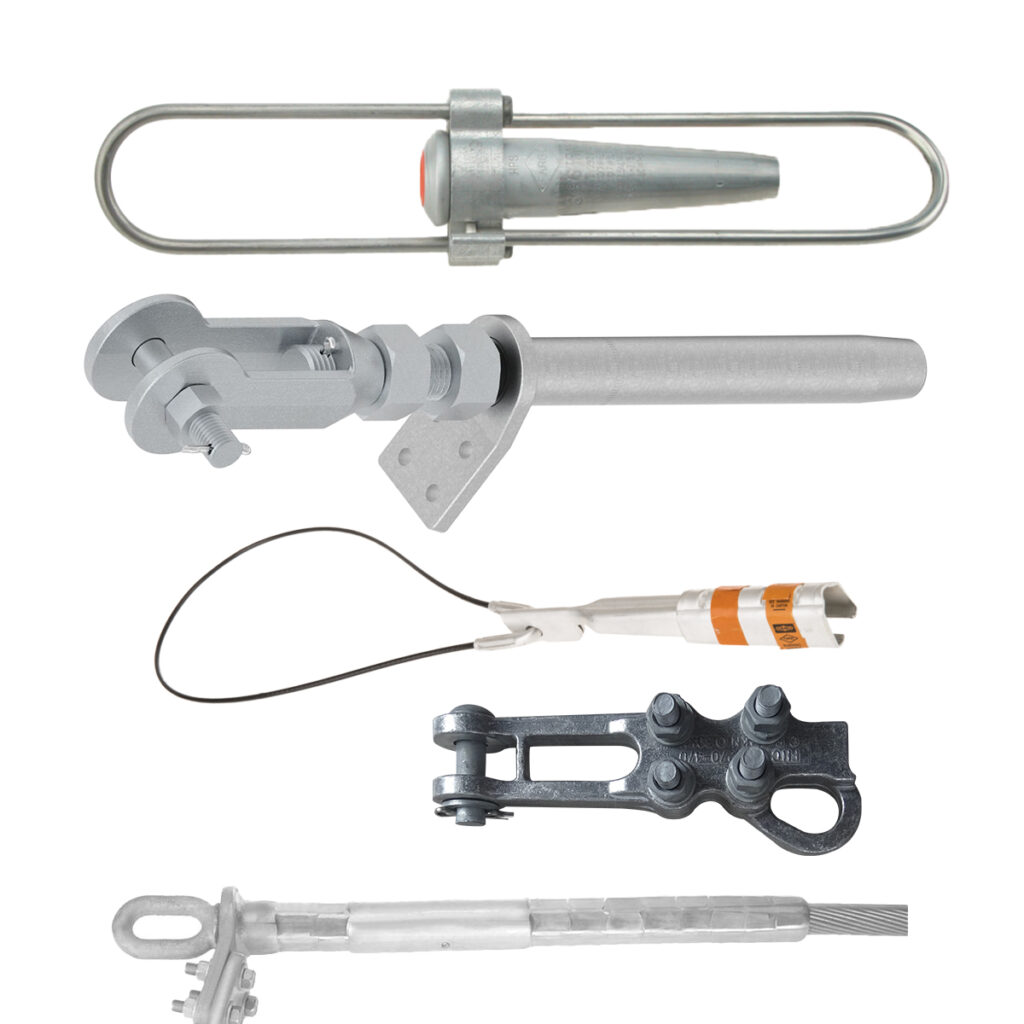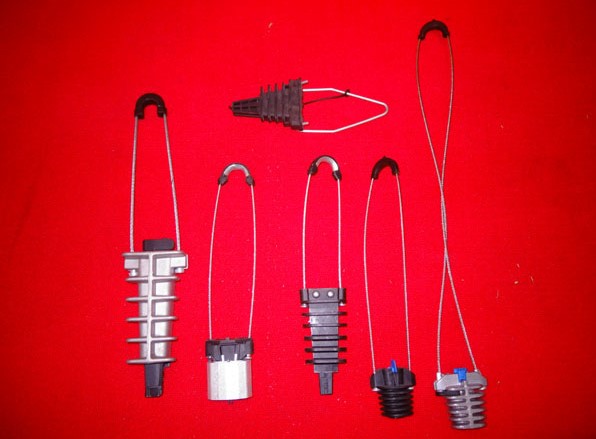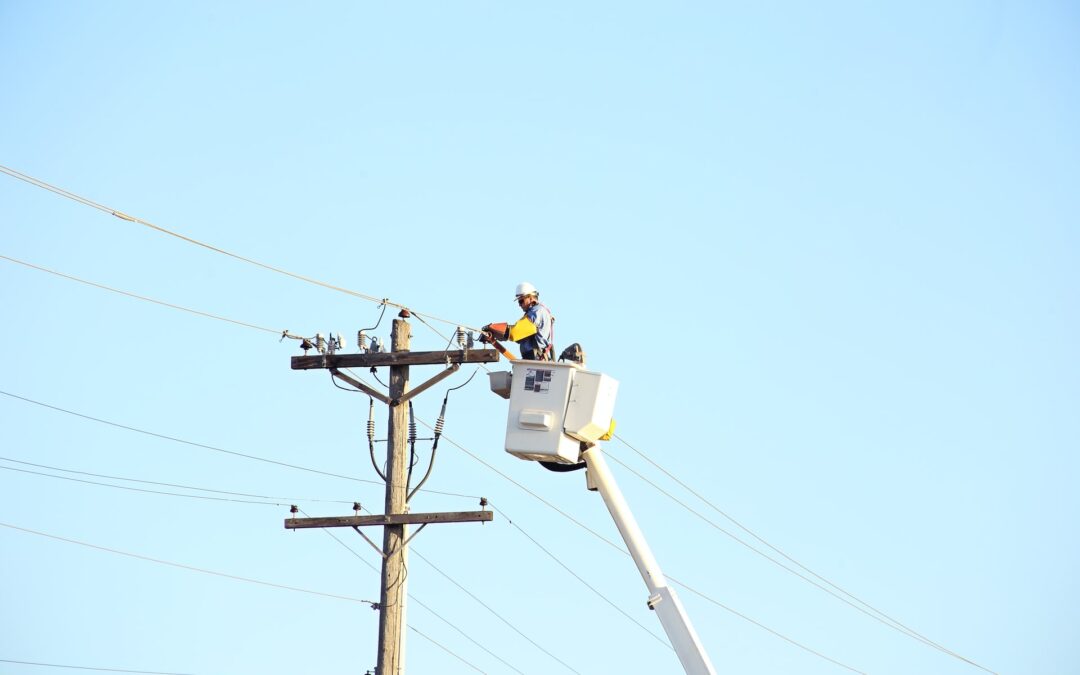A standard pole line is made up of numerous fittings and hardware. One fitting you might consider getting for your pole line is the tension clamp. It frequently appears in telephone and electrical lines.
If you decide to buy tension clamps and would like any clarifications, you must gather all the information you need.
In this comprehensive guide, I’ll cover everything there is to know about tension clamps for the overhead line. After everything is said and done, you’ll be in a great position to purchase the best cable tension clamp.
What is a Tension Clamp?
A tension clamp is a useful fitting for sealing the tensional connection on a conductor or cable. At particular locations, a number of fitting components are connected to the cable.
The tension clamp completes the connection by helping to mechanically support the insulator and the conductor.
The construction of a tension clamp allows it to easily fit on any area of the wire or conductor.

What is the function of a Tension Clamp?
As we just discussed, a tension clamp is used to physically and electrically support cables.
To put things in perspective, consider these tension clamps’ primary functions:
Providing mechanical connection
Telephone cables and pole wires are subjected to various mechanical forms under normal circumstances. They must have adequate support in order for them to remain in the positions they desire.
A tension clamp’s main function is to give the wires or conductors a dependable mechanical and electrical connection.
The cable is always supported by the tension clamp, regardless of the working load or longitudinal forces acting on the conductor.
Protect the cable/conductor
A protective precaution that works well is tension cable.
The ergonomic design of this power line fitting ensures that the wire always remains in the desired spot.
Usually, given the installation loads, this protection is essential.
Restrict the movement of the conductor
Two weather conditions that might accidentally displace the conductor are storms and wind. In addition to turbulence and earthquakes, this is another natural calamity.
The continual movement and vibration of the wires may interfere with the regular flow of data and electric current.
High-quality tension clamps may stop such movements by ensuring that the wire remains stable regardless of outside factors.

Types of Tension Clamps for Overhead Lines
There are two major groups of tension clamps based on functions.
Tensioning Clamp
This particular style of tension clamp is intended to support the whole load and strain placed on the conductor.
It has a strong grip that is at least 90% of the conductor’s rated resistance strong.
This category includes the wedge type and the bolted type.
Tensile Clamp
This type of tension clamp performs two functions at once. It simultaneously functions as a conductor and absorbs the conductor’s drawing power.
You must put it on the pole line safely if it is to be used as a conductor.
Tension clamps can be categorized according to their design into the following groups:
Wedge tension clamp
Wedge tension clamps are quite versatile since they are used in both substations and overhead lines.
The construction of this tension clamp comprises of two forged bodies connected at one end by a hinge. This ultimately produces a wedge-shaped structure.
To convert tension stresses into compressive clamping loads, they are designed. When the tension load is increased, the longitudinal movement within the shell increases the clamping force and strength.
This type of tension clamp can either be a single wedge or a double wedge, depending on how many bodies it contains.
Cone tension clamp
The source of the connecting force in the cone type is the sole distinction between a cone tension clamp and a wedge tension clamp.
The connection may be utilized with or without jumper connections and is dependable.
High-temperature tension clamp
For locations that are prone to extreme temperatures, this specific form of tension clamp is suitable.
The material of the tension fitting has been reinforced in specific locations.
Parts of Tension Clamps
There are various components that make up a bolted tension clamp, including:
The body is the essential component of a tension clamp. It is the part that the conductor is attached to and sustained by. The body and wedge are combined in order to expand the region of connection or attachment with the cable.
Washers: The washers are positioned next to the body of the tension clamp. The washer’s main job while the conductor is clamped is to shield or safeguard the conductor’s surface.
Straps: The load is transferred from the oscillation axis to the insulator ring by the tension clamp’s straps.
Threaded inserts: Also known as threaded bushings, these are fasteners that provide a point of fastening the conductor.
Bolts and nuts: How may bolts and nuts be used to firmly secure the connection between the cable and tension clamp? Bolts and nuts could be able to address this problem. They ensure sure the tension clamp is tightly secured to the cable.
Make sure all of the aforementioned components or aspects are present when purchasing a tension clamp. This is one way to make sure you bought a genuine TTF tension clamp.
Materials for Tension Clamps
Before purchasing and using the tension clamp, check the material. The material has to be safe to use with conductors. This feature is important since it influences how durable the tension clamp fastening fitting is.
Our tension clamps are constructed from premium cast iron and aluminum.
The most desirable characteristics of these materials are their strength and electrical conductivity.
They are physically sturdy and can operate with a variety of conductors.
Design Feature of Tension Clamps
Their design, form, and measurements for the overhead line will define the tension clamps’ operation and the way in which they are connected to other components of the pole line.
It is important to construct the tension fitting such that it may move freely along the conductor.
The design of the tension clamp fastening should minimize the load and wear on the cable.
The measurements of the tension clamp fastener include length, width, and thickness. It must be accurate and conform to the requirements of the pole.
It should be straightforward to attach the tension clamp to the pole line due to the superior design and size.


